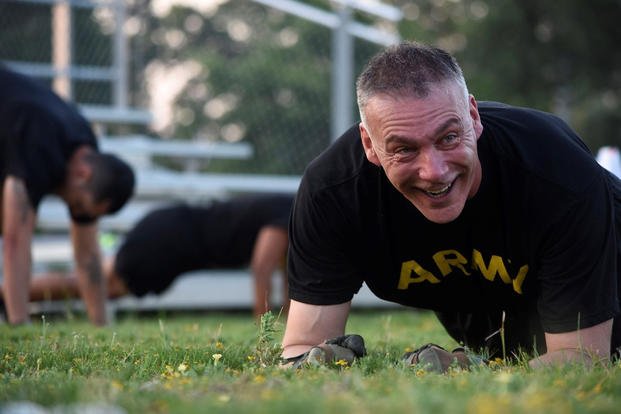If your goal is to build muscle and lose fat, it's absolutely critical to maximize your body's natural production of growth hormone.
Released from your pituitary gland, growth hormone production peaks around puberty, then slowly fades away as we age and plays a key role in the maintenance of muscle, bone mass and the balance of body fat.
This chemical is so powerful that even without following an exercise program and healthy diet, it can build muscle and burn fat.
A study published in the New England Journal of Medicine showed that a small group of elderly men (ages 61-81) who were given injected GH treatment showed an increase in muscle and bone mass ... and reduced body fat at the same time.
Now, injected GH therapy does have its downsides so you can put down the phone. Your doctor isn't going to give you a prescription.
Joint and muscle pain can occur eventually from artificial stimulation, and once you stop taking it, all benefits go bye-bye.
However, if done correctly, research has shown that naturally stimulating growth hormone can pay off with big dividends in a short period of time.
In fact, one university study from Denmark found that a nine-week program designed to stimulate GH release naturally resulted in strength gains 300% over normal increases.
Men following the program increased arm strength by a whopping 37%, compared with only 9% by the control group who only followed a non-GH-stimulation program.
And remember that these GH increases were activated not by injected hormone but by completely natural means.
Hormone-focused training works.
So to help you get started at mastering your own growth hormone factory, here are some of the key elements you need to apply to your workouts:
Natural growth hormone and your training program
Exercise intensity is key when it comes to activating a GH response in your body. You want your workouts to be rather fast and furious, keeping total workout time no greater than 60 minutes. After that, you start to see a rapid decline in hormone response in the body.
You have a lot of work to do in 60 minutes so in order to maximize your time in the gym, stick to "super sets" for your exercises and keep your rest periods to a minimum (about 60-90 seconds between sets). A super set involves going straight from one exercise to another without resting or with minimal rest in between. Once you've completed both exercises, you will take a short break (from 60-90 seconds) and go back to the first exercise to hit the next superset.
Keep your repetition count high (around 8-12 repetitions per set). This will help activate a lactic-acid response in your muscles, and lactic acid in turn activates the release of growth hormone. You're going for the "burn" in this program.
Be sure to pause and squeeze your targeted muscle at the peak contraction point. (For biceps curls as an example, this would be in the "up" position.)
This really will activate the lactic-acid response as well as make sure you're hitting deep into your muscle fibers.
Once you're done with your workout, save about five minutes at the end for sprint training.
Researchers from Loughborough University in the United Kingdom have shown that a group of athletes who conducted a short series of 30-second sprints reached growth hormone levels 25 times their resting levels approximately 30 minutes after training.
You're not going to want to miss out on those kinds of results.
So at the end of your workout, do three to six 30-second sprints on your gym's track or on the road to finish off the day and set yourself up for peak GH output.
More from Anderson at:
Jeff Anderson is a veteran of the U.S. Army, a master instructor of close quarters combat self-defense and president of the International Society of Close Quarter Combatants. A full-time, self-defense author and instructor, Anderson has trained military, law enforcement and civilians in advanced close quarter combat tactics for "real-life" self-defense.
Want to Learn More About Military Life?
Whether you're thinking of joining the military, looking for fitness and basic training tips, or keeping up with military life and benefits, Military.com has you covered. Subscribe to Military.com to have military news, updates and resources delivered directly to your inbox.


















